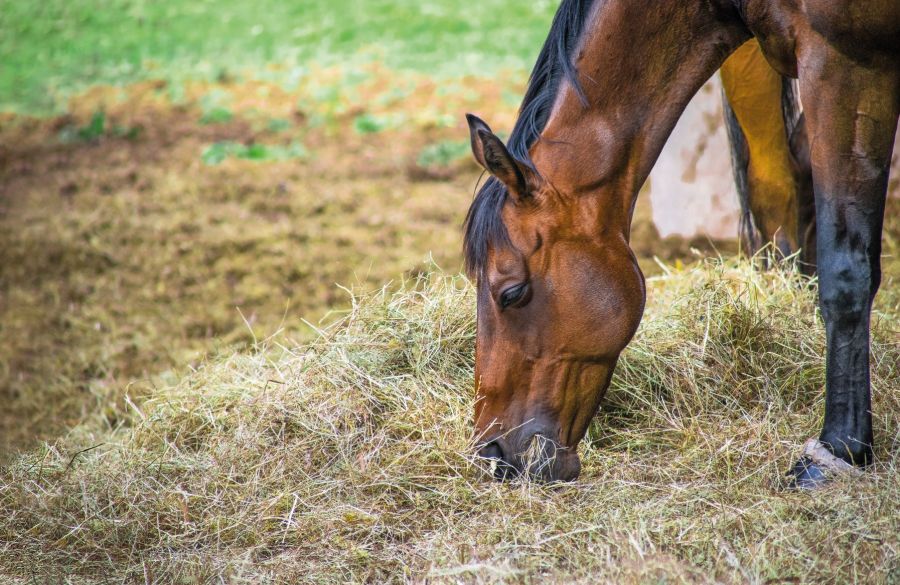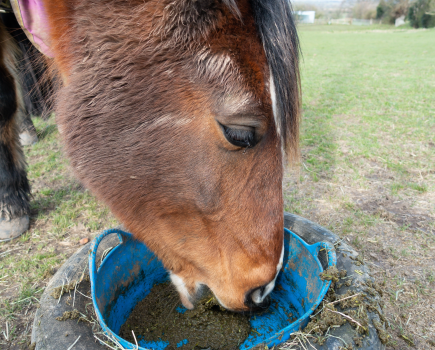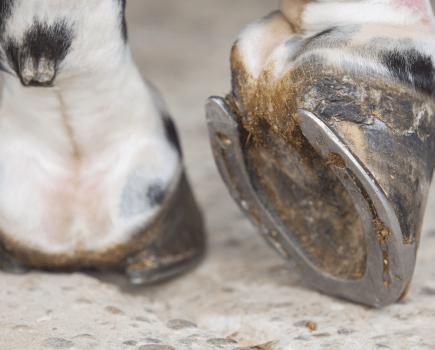In partnership with Dodson & Horrell
Understanding what the dry matter is of your horse’s forage is key to maintaining a healthy waistline all-year round, writes Dr Laura Wilson, technical advisor at Dodson & Horrell and a qualified vet. Dry matter is the weight of your horse’s forage minus its water content. It can be estimated depending on its type, but this can be highly variable. Different types of forage have different dry matter weights.
For example, grass has a higher water content and therefore lower dry matter weight than hay, so more must be consumed to meet the same volume of dry matter. Your horse should receive at least 1.5-2% of his bodyweight in forage dry matter per day. This can be dropped to as low as 1% of bodyweight when working towards weight loss, but should not be reduced further.
The best way to ensure you are feeding the correct amount of forage — and that you are feeding enough to maintain optimum digestive health during weight loss — is to have your forage analysed. This involves sending a sample to a lab to be tested and is something with which your feed company or veterinary practice may be able to assist. Analysis will provide information about the dry matter, energy, sugar, starch and protein content of your forage, among other things. Values are often given in percentages.
How to calculate dry matter in forage
If your hay has a dry matter content of 90%, and you are feeding your 500kg horse for weight loss — i.e. 1% body weight forage dry matter daily:
- 500kg x 0.01 (1%) = 5kg forage dry matter daily
- 5kg ÷ 0.9 (90%) = 5.6 kg of hay daily
For weight maintenance of a 500kg horse with 90% dry matter content hay:
- 500kg x 0.015 (1.5%) = 7.5kg forage dry matter daily
- 7.5kg ÷ 0.9 (90%) = 8.3 kg of hay daily
It should be noted that these calculations are for a horse receiving hay only. Any concentrate feeds or access to grazing should be factored in when calculating forage requirements for weight loss. Horses allowed free access to any forage source (including grass) can ingest up to 5% of their bodyweight daily.
Look what’s inside the latest issue of Your Horse









